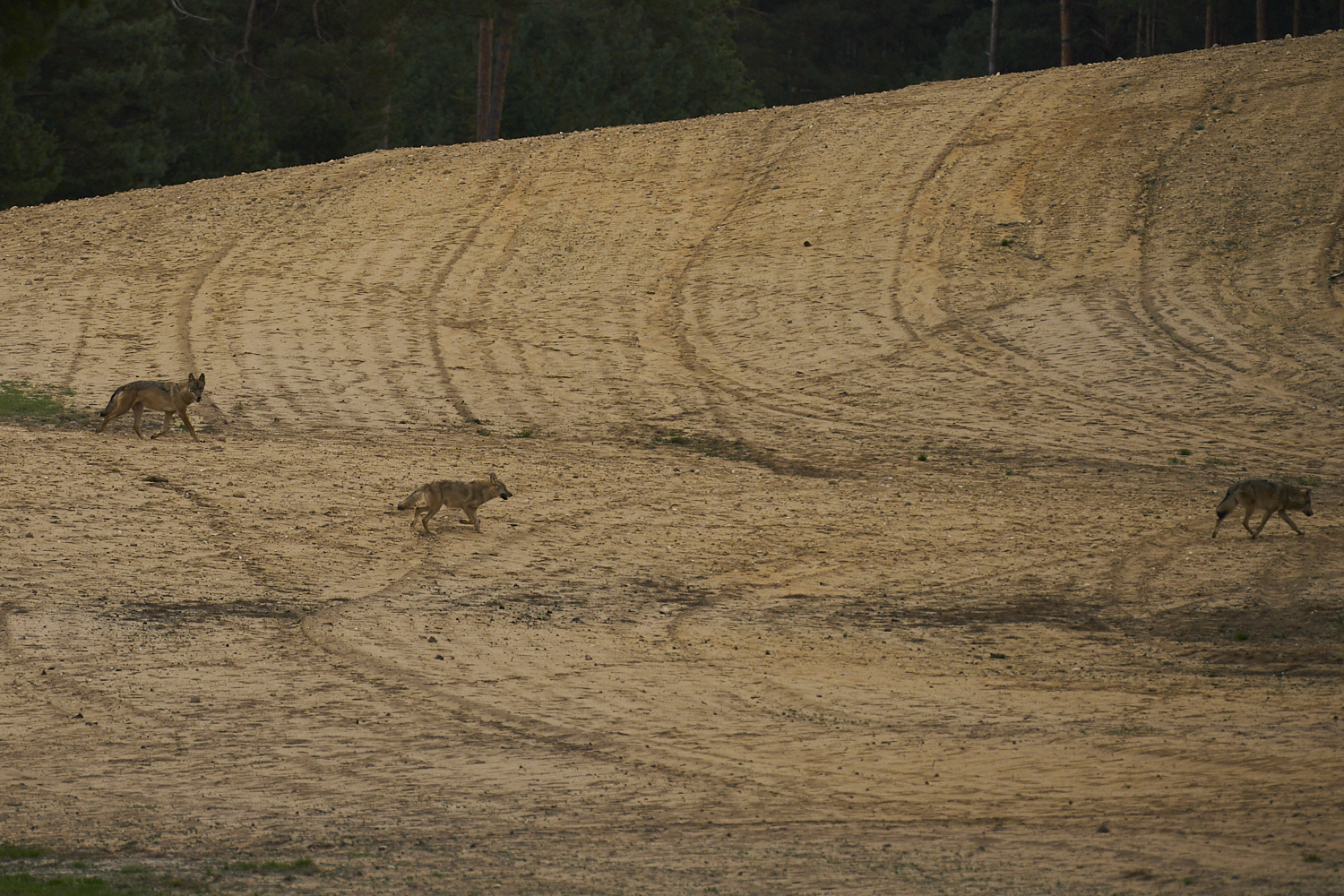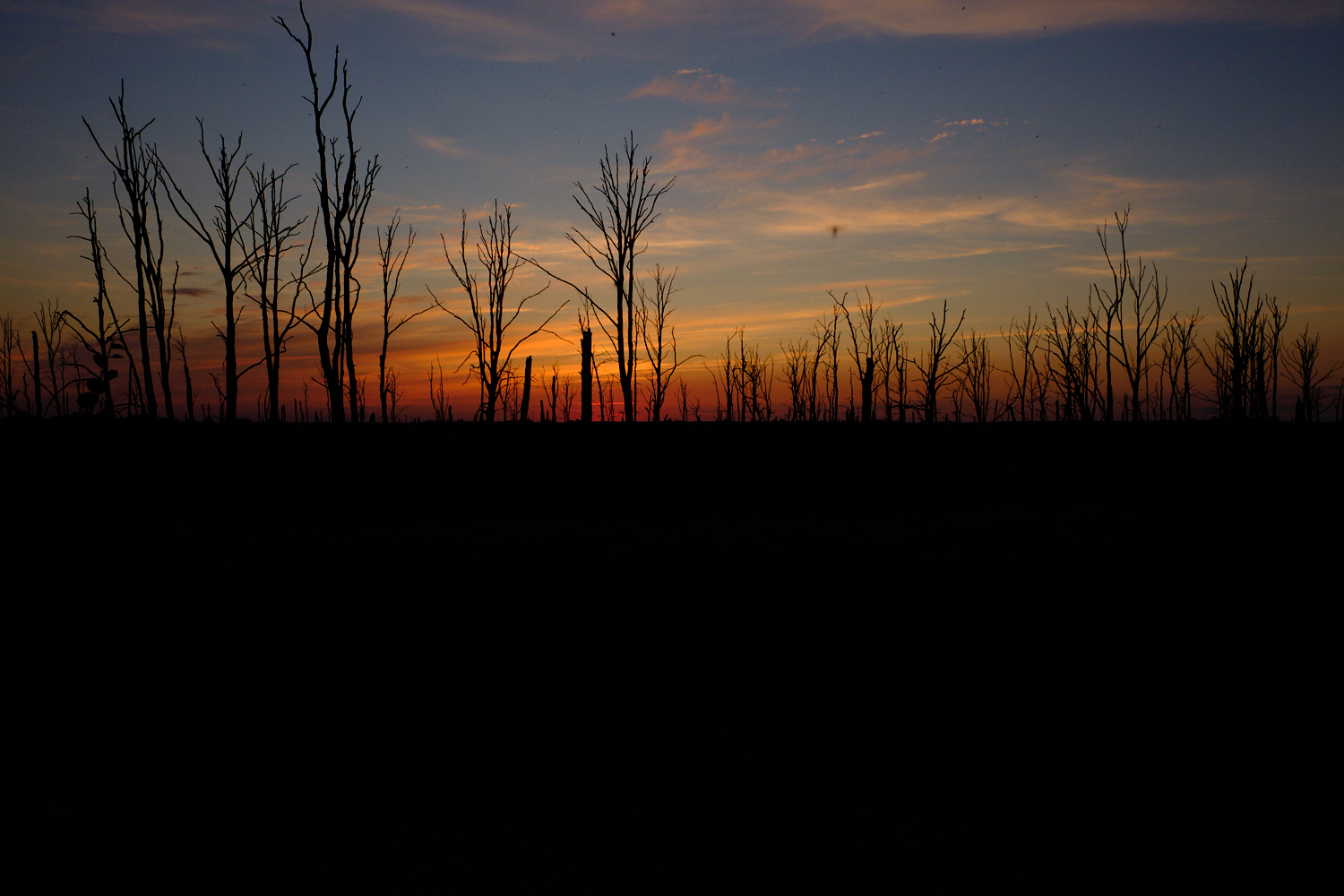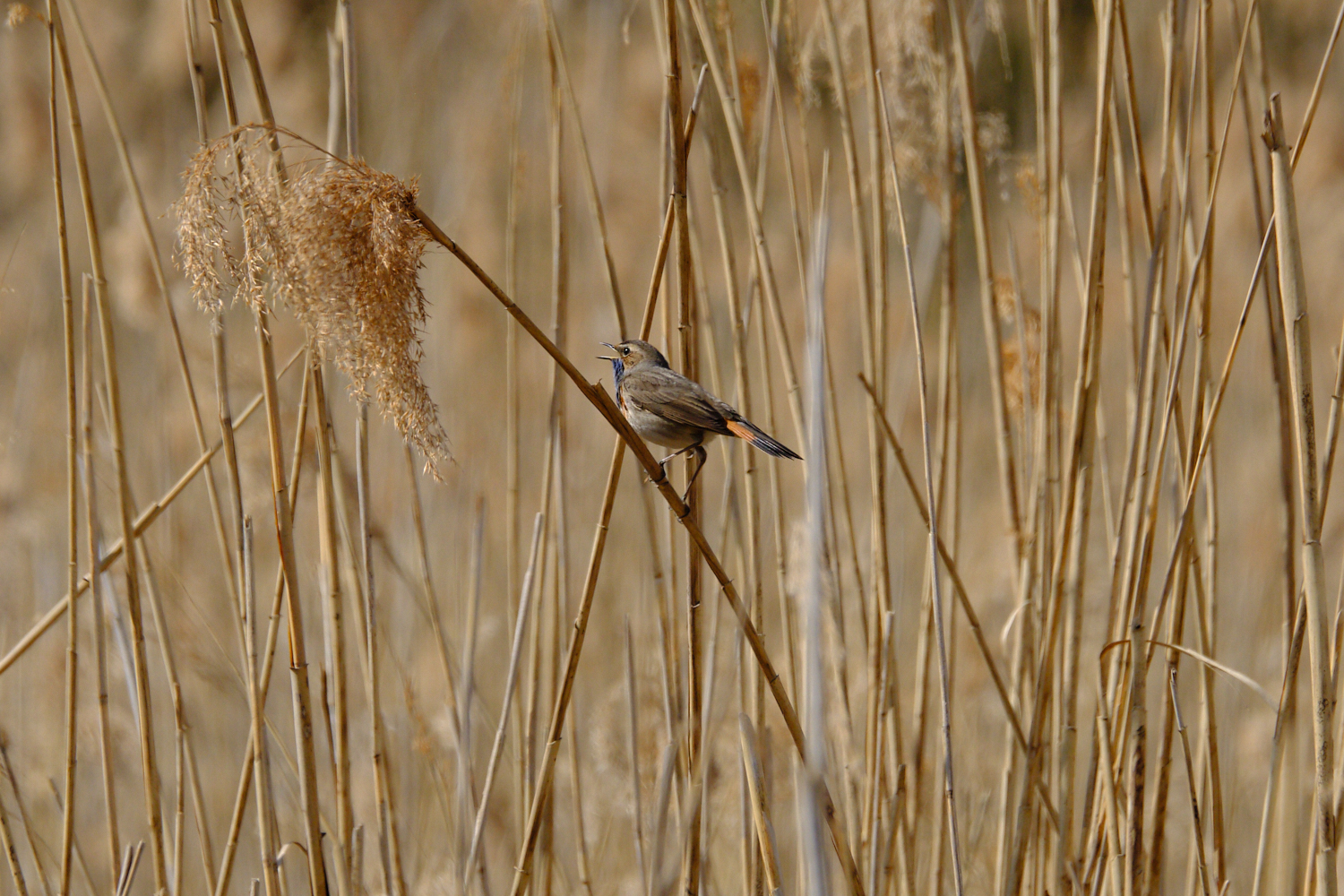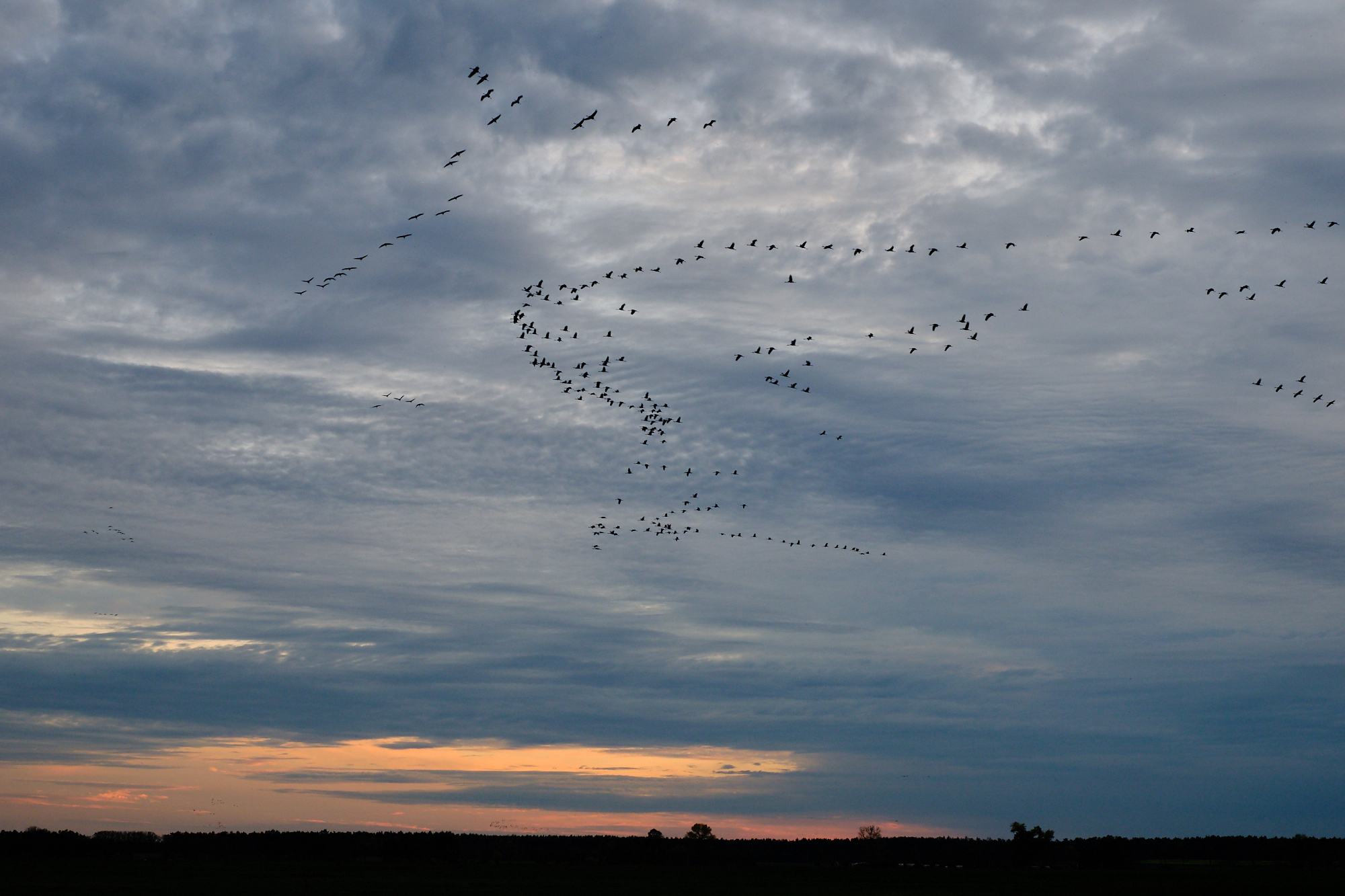October 2021The recent history of the Eurasian Wolf Canis lupus in Central Europe, like almost everywhereelse in the world, is also a history of competition, suppression and finally persecution.In superstition, they were portrayed as dangerous to humans directly, they were in fact seenas competitors for food and were therefore killed throughout the area.In addition to… Continue reading Isegrimm
Tag: rural germany
Windmill
September 2020 A binaural mix consisting of a wind energy plant surround sound recording and a simultaneously with two geophones recorded windmill. PFR17138, 200826, wind energy plant/windmill, Germany
From Steppes to Fallow Lands
August 2020 Earlier this month I was invited by a great project called Geräuschkulisse to give a lecture. It was all about the steppes of Central and East Asia and what they might have in common with fallow land and desertified agricultural landscapes in Germany. A third part was my work on research vessels on… Continue reading From Steppes to Fallow Lands
Common Starling roost
June 2020 At the beginning of April, during a sound recording trip, I accidentally came across a roost of Common Starlings Sturnus v. vulgaris consisting of several hundreds of individuals. During the morning recording session I realised that those songs were differently from those uttered at night. At night the birds arriving at the roost… Continue reading Common Starling roost
Bluethroat song
June 2020 I am regularly asked how exactly I came to sound recording. The answer is as short as simple: I discovered that there are animal sounds that are very abstract and sound surprisingly artificial. Here my personal interest in synthesising sounds began to fade away… PFR16506, 200410, Bluethroat Luscinia svecia cyanecula, male, song, Germany
First Light
January 2020 Since Marc Namblard released his “Chants of Frozen Lakes” album, I have become more aware of this phenomenon. Ice, in a lake or river bed gets squeezed by changes in temperature and thus produces a wide range of sounds. At the beginning of January I spontaneously had the opportunity to record this phenomenon.… Continue reading First Light
Linum
October 2019 I went to Germany’s most famous Common Crane roost north of Berlin recently. My goal was to make sound recordings of a really large number of Common Cranes arriving at roost. In this case around 20.000 individuals. It is certainly arguable whether if it is right, in times of continuous habitat loss, to… Continue reading Linum






